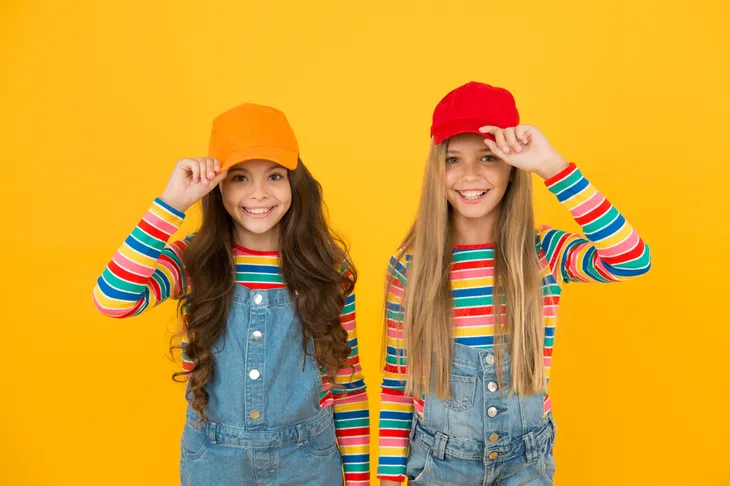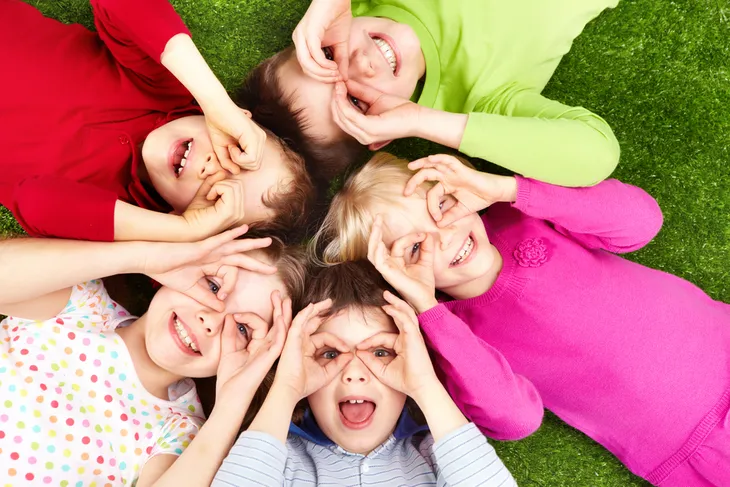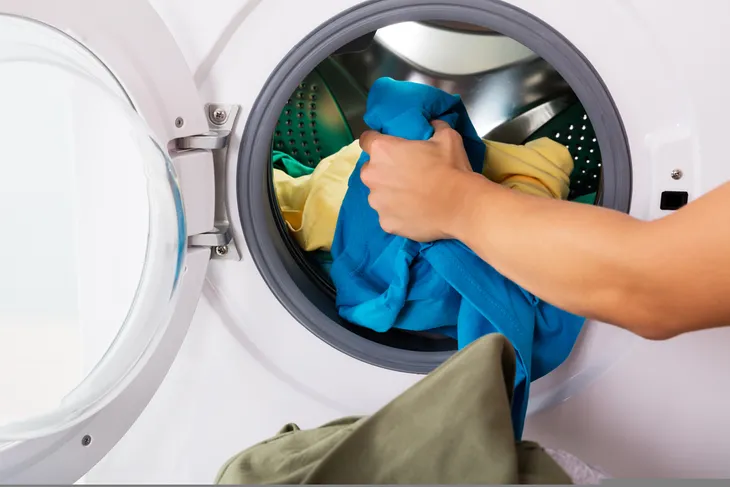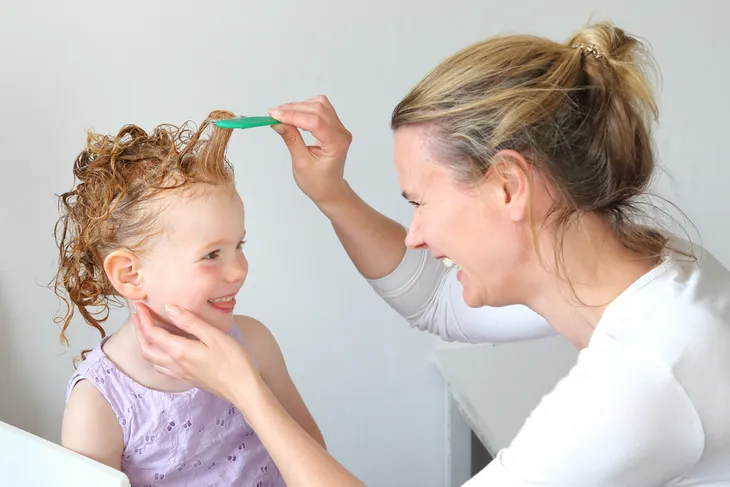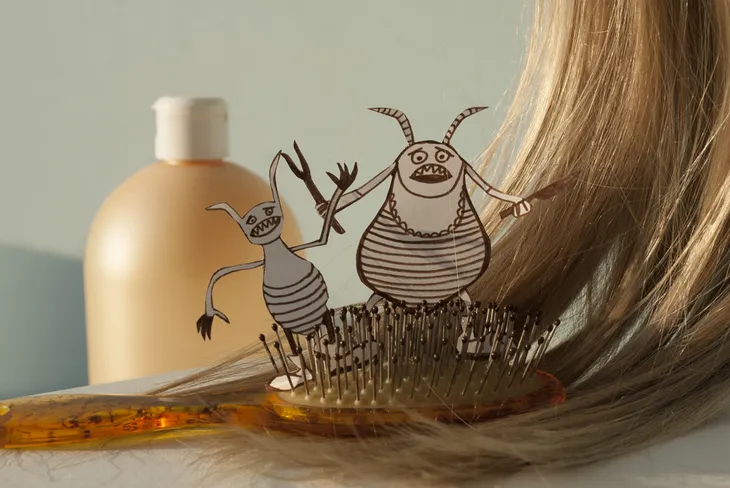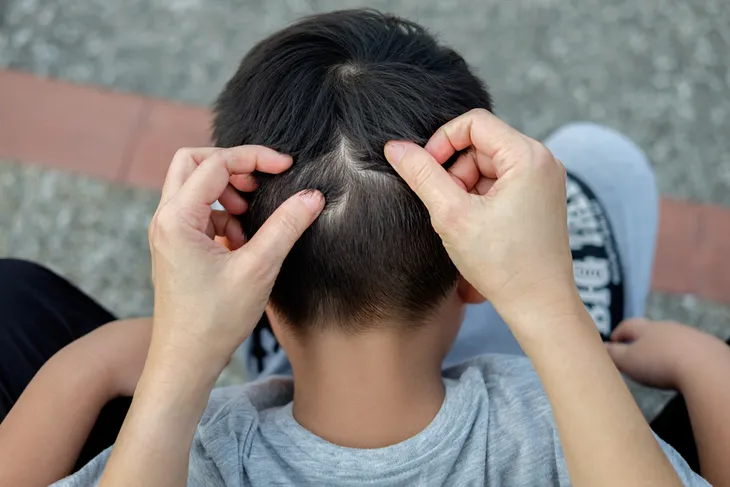Lice have for years been something that parents (and teachers) fear—and while it has long been associated with lack of hygiene, in reality that’s not what drives the problem. There’s even a new type of “super lice” that seem to have evolved to resist over-the-counter treatments.
Head lice are not actually dangerous (they don’t carry diseases), but can be unsightly and cause your child to scratch their scalps continuously, which can lead to infections, notes Healthline. However, while your child prepares to hit the books again, here are six helpful tips to try and avoid the problem (that can get kids sent home from class)…
Don’t Share Apparel
Remind your child that when they are at school or just about anywhere, that they shouldn’t share hats, clothing, or headphones with their friends. Even if they don’t have any signs of lice, this will help prevent spreading the bug in those early stages before itching begins.
While head lice don’t jump from one person to another, they can quite easily hitch a ride on hats, scarves, brushes, hair clips and even headphones, according to the clinic. If you’re not sure whether it’s lice causing the problems, visit a doctor to have a closer look.
Don’t Use Your Head
Well, what we mean is that your child shouldn’t use their head when playing with others and make direct hair-to-hair contact (we realize this may be more difficult than it sounds). Also, kids probably shouldn’t hug, another tough thing to avoid—especially on the first day back to school.
If your child invites friends over for a sleepover, try to encourage them not to share pillows and space themselves out appropriately when it’s time to hit the sack (far enough so the ticks can’t make the long crawl to their new host). So, use your head about not using your head.
Lice Should End Up in Hot Water
When doing laundry, separate bed sheets from clothing and instead of choosing the cold cycle, use hot water to neutralize the lice and their eggs. According to Patch.com, lice can’t survive off a host for more than a day; so make sure you wash items often.
The source notes to wash items right away if you suspect they’ve been shared—like a jacket, for example. Just make sure you follow the washing instructions to avoid destroying the garment. “Give it a good, hard wash to make sure any possible critters won’t survive,” notes the source.
Try the Special Shampoos
If you’ve pinpointed an infestation of these little critters on your child’s head, then try buying special lice shampoo that’s available off the shelf. Combined with fine combs designed to pick out the bugs, you could be winning the war quickly.
If your child still has lice after using the over-the-counter products, then you may be dealing with the so-called super lice. In this case, or visit your doctor for the stronger stuff—these new and improved lice still can’t withstand some prescription treatments.
Create an Unwelcome Environment
We mentioned before that lice outbreaks aren’t a result of a lack of personal hygiene, but you may want to take precautions by cleaning combs in an anti-lice solution to ensure they can’t jump back on for another ride. “Very hot” water is also effective as part of this process, notes Canadian Family magazine.
While you’re at it, this is a great time to vacuum around the house to suck up any lice that may have jumped ship. Rugs, couches, mattresses and even car seats should be targeted—if anything, you’ll have a nice, clean house and vehicle when you’re finished. For items that can’t be washed, seal them in a plastic bag for a week to kill off any interlopers, adds the source.
Perform Regular Inspections
When you’re affectionately rubbing your child’s head as they watch their morning cartoons, it’s a good opportunity to inspect lice without alarming them. Medical News Today explains louse eggs can appear like dandruff, but are oval and attached to hair close to the scalp.
A young louse can be white or grey-brown in color, adds the source. They are very small—”smaller than a pinhead”— and can grow into an adult in about 7-days. Mature lice are about the size of a sesame seed (1/8-inch) and can live for about a month on a host. Female lice can lay up to 8-eggs per day and are generally larger than males. Catching an infestation early can help eradicate it.

